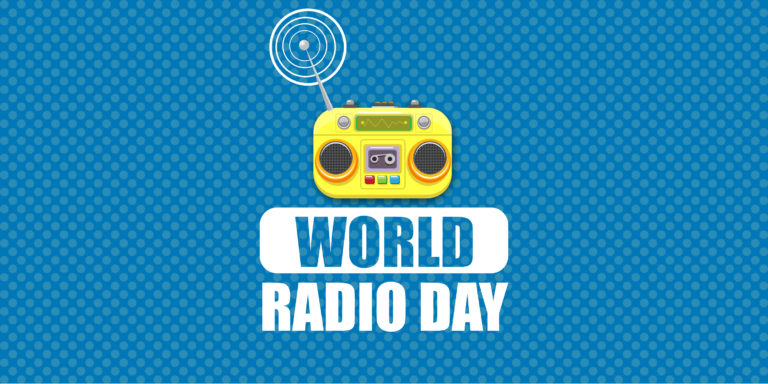We all know radios make sound from the air, but how do they do it?
Radios transmit and receive electromagnetic energy through waves. Radio signals are electronic currents that travel through the air at the speed of light. The signals are radiated out from a transmitter via an antenna to another antenna connected to a receiver in your radio. Once your radio receives these waves, it translates them through its speakers into sound waves your human ears can understand.
Where Did Radios Come From?
Radios have been around for a long time. The first radio waves were discovered by a German physicist named Heinrich Hertz in 1886. The first radio was created by an Italian inventor named Guglielmo Marconi in the 1890s. However, his invention was not at all like the radios we have today. Rather, it was a wireless telegraph that Marconi used to send a wireless Morse Code message over long distance. The first modern radio comes from an American engineer named Lee de Forest, who invented the audion — a vacuum tube that can amplify weak electrical signals into much stronger ones. From this revolutionary device, public radio, telephones, and television were born.
Radio technology is so widely used today that we often take it for granted. Besides radio and television, the technology is used in cell phones, wireless networking, radar, satellite communication, space communications, navigation systems like GPS, wireless remote controls, and much more.
Celebrate World Radio Day – February 13, 2022
Since 2011, World Radio Day has raised awareness among the public and the media of the importance of radio. Want to learn more? Check out this page for more fun facts and activities to do with students.
Radio Reception and Transmission
This IEEE TryEngineering lesson plan explores the electronics behind radio and its impact on society. Access it today!
Read more about radio with this article, Amateur Radio: From a Hobby to a Career.



